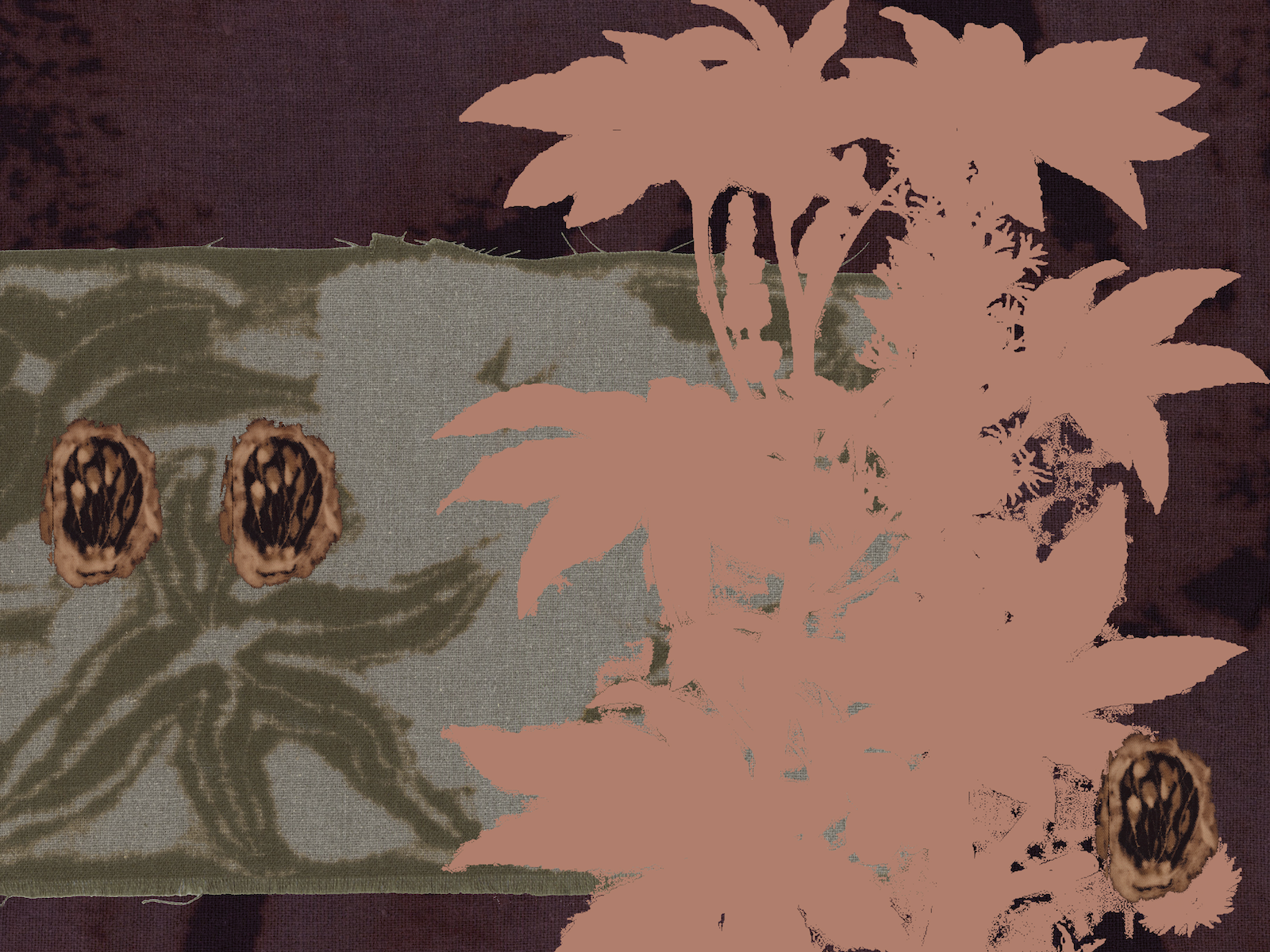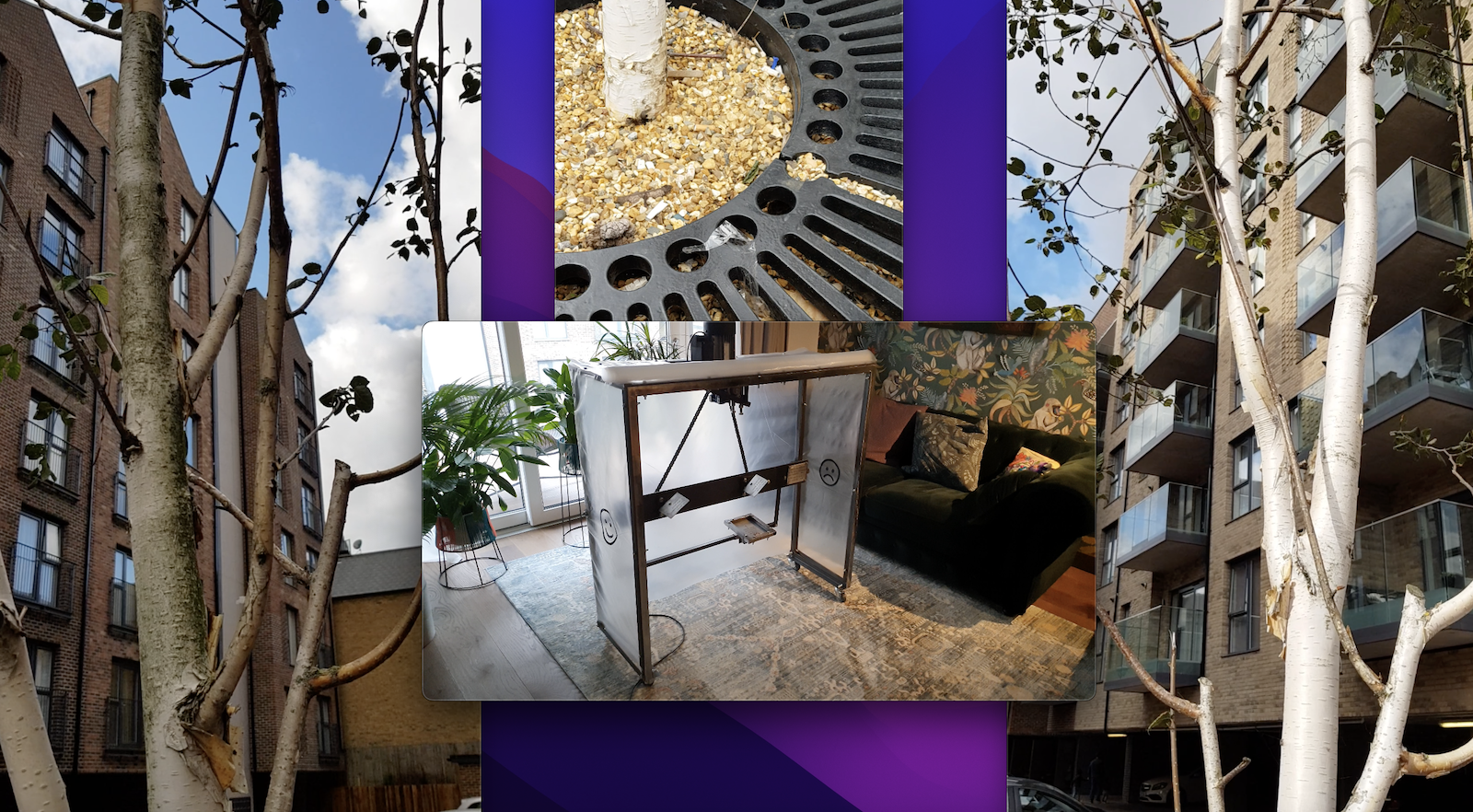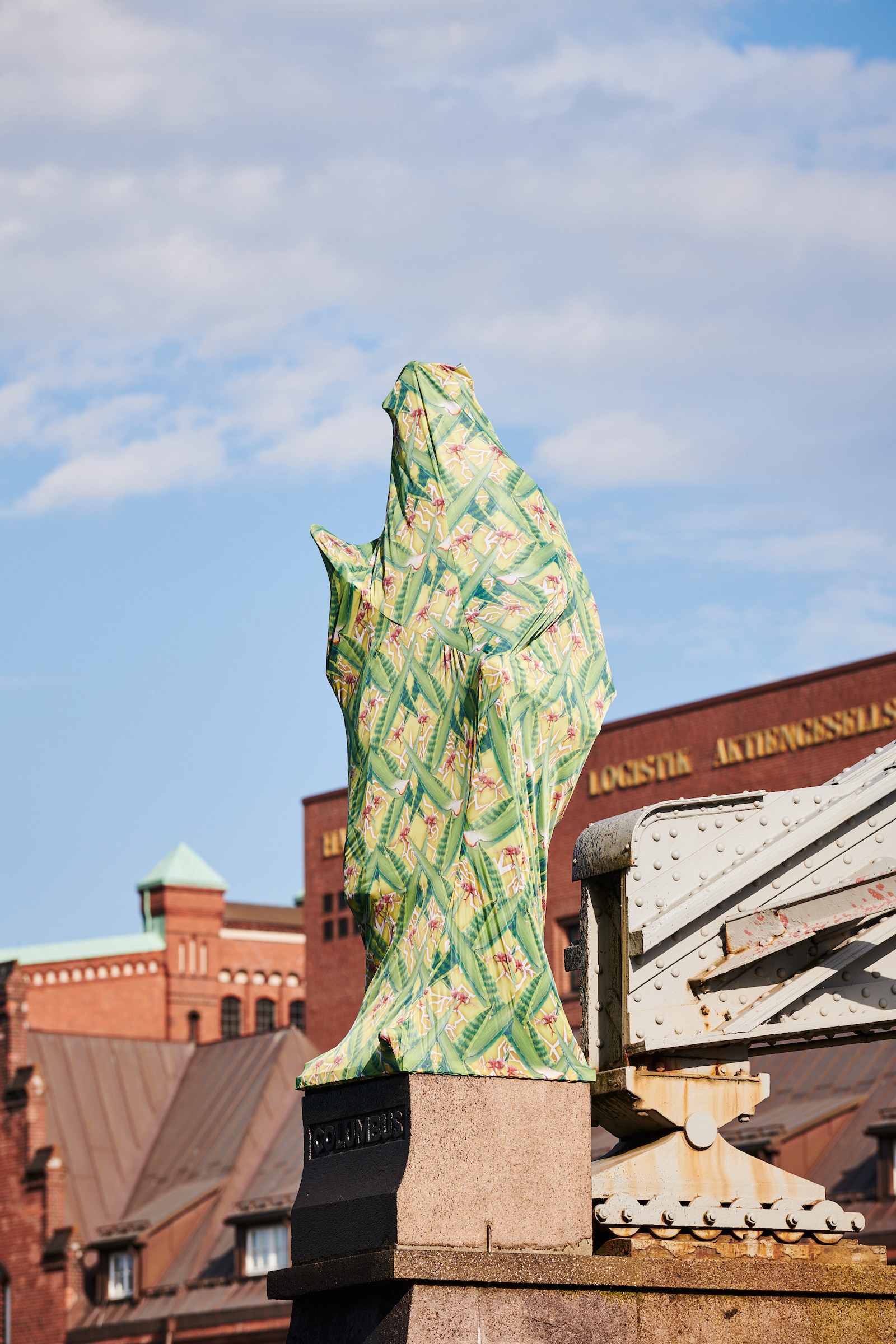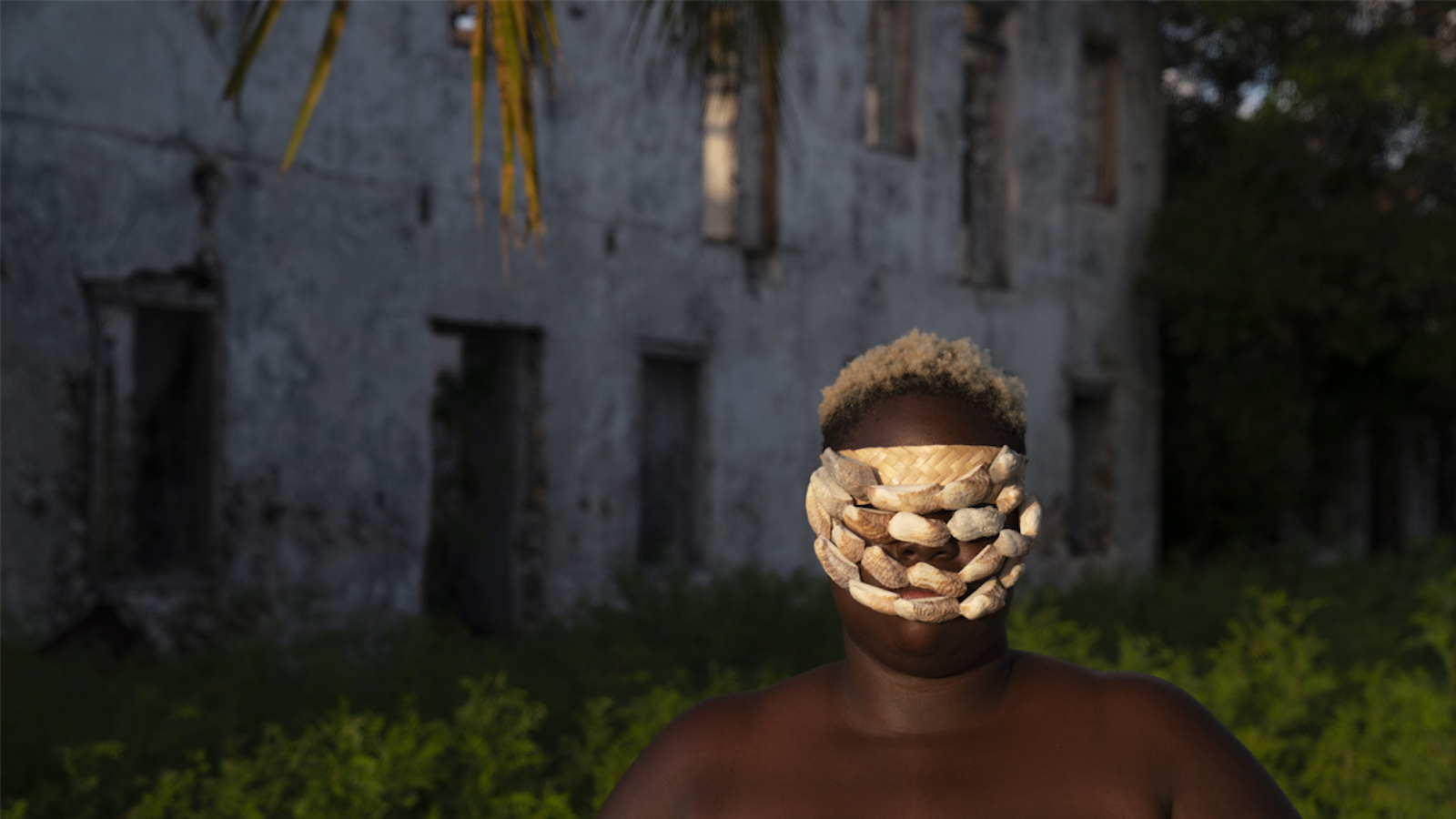Flora Fantastic explores botanical imaginaries where both poisons and panaceas abide within the same natural specimen while moving through spatial and temporal environmental frameworks. Such contradictions common in florae have given rise to the word, ‘pharmacology’ which is derived from the Greek, ‘pharmakon,’ meaning both remedy and poison. Nestled among the thickets, bouquets, and vines of Flora Fantastic is the work of artists addressing coloniality in art making today, both in concept and in practice, cultivating a dialectical relationship with plants rooted in historical legacies and contested landscapes. Artists are engaging with the botanical phenomenon of certain plants whose physical exposure through contact or ingestion in sufficient quantities may prove harmful or even fatal. However, when applied in appropriate amounts and proportions, the same plants may become remedies as herbal salves or botanical balms replete with medicinal properties.

The colonial era witnessed a fevered quest by European physicians and scientists in search of ‘green gold,’ as an endeavor to replace declining mineral. wealth and develop a .global bioprospecting marketplace. Scientific expeditions were launched alongside colonizing projects to obtain natural historical information administered by local bureaucrats whose findings resulted in amassing large collections of specimens and knowledge while meeting the needs of transatlantic commerce. The Columbian exchange, or transfer of plants, animals, and diseases, was wielded by imperial techniques of power that incorrectly assumed indigenous plant knowledge was based on instinct rather than intelligence. As a result, colonial powers oftentimes employed coercion tactics, torture, and promises of freedom in order to extract the “mysteries” of indigenous apothecaries. In the case of especially lucrative healing plants, imperial and colonial entities conspired to pilfer and naturalize endemic species in their distant colonies. In response to this legacy of exploitation of resilient peoples and nature during the colonial era, present-day artists in this exhibition demonstrate the fantastic power of plants to upend the colonial project.

Kristaps Ancāns looks at the artificiality of domestic interiors decorated with indigenous plants removed from their native contexts, which now only live as decorative objects, creating a sense of control over nature. The installation features newly commissioned videos shot in the UK, where so- called “exotic” plants bought from retail companies (which are cloned and mass-produced in nurseries), stand alongside wallpaper, tablecloths, pillows, and carpets adorned with exquisite patterns. In these patterns, indigenous nature has been translated through the colonial imagination for consumption by European audiences. Kinetic machines created by the artist inhabit the rooms, and invite us to choose between absurd tasks such as petting or scolding a butterfly (a process which in either case would injure it). The work suggests that rendered through the turning wheels of coloniality, even the environments that we create for ourselves become alien, inhospitable, and lifeless.

Joiri Minaya’s work addresses colonial encounters in the Americas through the lens of plants. Her practice involves carefully researching the history of botanicals, their restorative healing properties, and their poisonous capabilities as sites of resistance from colonial rule. She designs botanical patterns and prints them as fabrics, covering various statues representative of colonizers, obscuring their bodies as a reflection of how histories have been shrouded and distorted. Her decolonial practice elevates plants as they assume the shape and form of the “monuments” - gesturing towards nature’s reclamation of her lands. In particular, Minaya explores the role of Hippomane mancinella, or the manchineel tree, native to the Americas and often referred to as the most lethal tree in the world.
Similar in appearance to a green apple, its toxicity is borne throughout its leaves, sap, fruit, and bark; causing extreme suffering and death if ingested. It was the cause of death of Spanish explorer Juan Ponce de León, who died after being struck with an arrow laced with manchineel sap. In a nod to the balance often located in nature, Minaya also incorporates both aloe vera and the sansevieria plant to explore healing properties and protective rituals.

Scherezade Garcia’s work utilizes a baroque painterly aesthetic that embraces the natural environments of plants and people in the early Americas. She references the portraits of Diego Velazquez with a luxurious attention to color saturation and emotional interiority. For Flora Fantastic, Garcia is creating new work that introduces the coffee plant and sugarcane through elaborately garmented subjects and their interaction with the natural environment. Although not generally treated as poisonous plants, both coffee and sugar contain pharmacological properties that can have harmful effects when consumed without regard. The attention to coffee and sugar considers the billion-dollar industries transplanted in the Americas and cultivated with enslaved labor. Garcia’s work illustrates an interconnectedness between the natural environment, commercial enterprises, and networks of exchange creating an ever-expansive visual language of the early (and contemporary) Americas.

Virginia Wagner’s Peacock Flower is a group of new portraits, one of the 17th century German- born Swiss scientific illustrator and naturalist, Maria Sibylla Merian; another of an indigenous woman who assisted and greatly informed Merian’s work; and finally of the peacock flower itself. Besides its association with Merian’s work, the peacock flower’s significance lies in its use as an abortifacient by enslaved women. This botanical knowledge rested amongst indigenous and African practitioners. Wagner conducted historical research on Merian who was a pioneering naturalist focused largely on botanical and entomological illustrations in Suriname. Wagner’s fluency as a painter is rooted in her experience as a natural science illustrator, allowing her the ability to communicate with exquisite detail and imagination the entanglements of representing the natural environment while unearthing how botanical “knowledges” are historically translated.

Tamika Galanis’s video, Catching Shadow, is a dreamy excursion into a lush Caribbean landscape. The video’s title ‘Catching Shadow’ references a process for loosening and binding the spirit of the deceased entombed in a silk cotton tree or a ‘duppy/ ghost tree.’ The video introduces the audience to a practitioner harnessing the power of sweet fruit offerings at the silk cotton tree and embarking upon a journey of release and reconciliation within themselves. Galanis conducted extensive historical research on slave plantations in the Bahamas and the process of ruination. Accompanying her video is a photographic series that visualizes botanical connections where the plant and body find habitation in harmony together as a single entity. By incorporating the history of the castor plant and its dual nature as both medicinal salve and life-threatening poison, Galanis is able to explore how botanicals became agents of both health and resistance.
Poisonous plants appear as active historical agents wherever wise women, cunning folk, and other healers utilize their power in ways that offer personal and collective healing. The knowledge of what heals and what can be a hazard within a single plant can be traced back to pre-colonial times, but those insights have been erased on a great scale by coloniality. Ships of empires crossed oceans carrying plants as green gold together with enslaved peoples and animals. At the same time, the dual movement of colonizing landscapes and landscaping colonies by Europeans ensured that indigenous livelihoods were damaged in ways still palpable today. Flora Fantastic explores these relationships between knowledge, nations, and nature through creative explorations of living green archives.
Corina Apostol, Tashima Thomas
Open Call Exhibition
© apexart 2022

